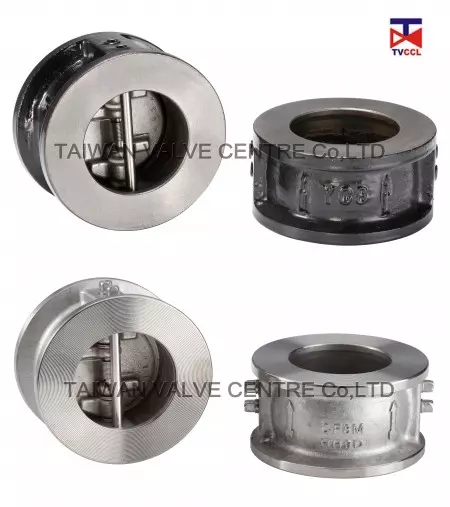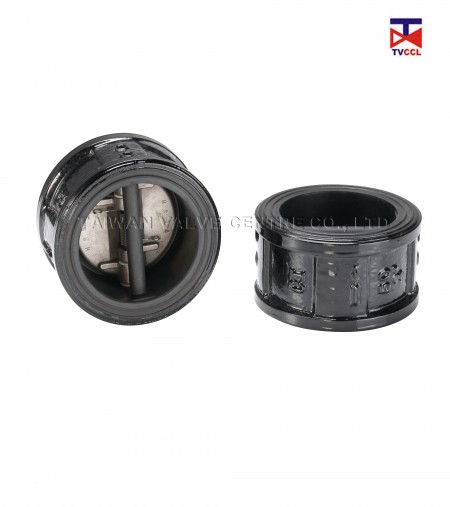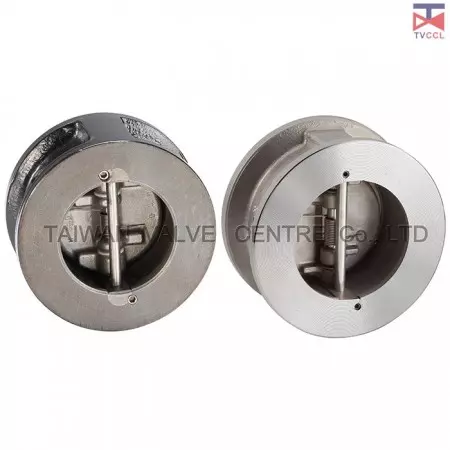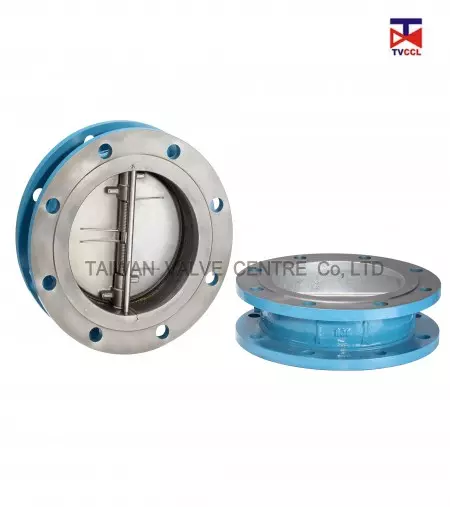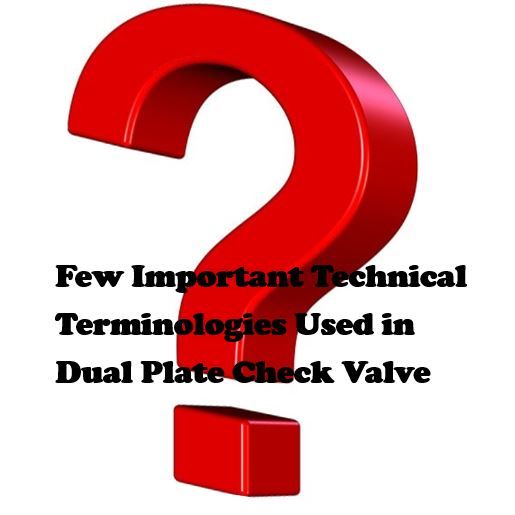
Q:Few Important Technical Terminologies Used In Dual Plate Check Valve Operations
TVCCL has been designing & manufacturing dual plate check valves since 1998. We equipped with the required basic material to arrive at an optimum product delivery to meet all our customer requirements.
Cracking Pressure – Refers to the minimum differential upstream pressure between inlet and outlet at which the valve will operate. Typically the check valve is designed for and can therefore be specified for a specific cracking pressure. Cracking pressure is also known as unseating head (pressure) or opening pressure.
Reseal Pressure – Refers to the pressure differential between the inlet and outlet of the valve during the closing process of the check valve, at which there is no visible leak rate. Reseal pressure is also known as sealing pressure, seating head (pressure) or closing pressure.
Back Pressure – Refers to the pressure differential between the inlet and outlet of the check valve when the pressure is higher at the outlet of the valve than that at the inlet or a point upstream of the valve.
- Related Products
Dual Plate Wafer Type Check Valve
TC0
Fast Delivery: Most orders are shipped within 3-7 days, depending on stock availability. Versatile...
DetailsDual Plate Wafer Type Check Valve with Full Rubber
TC1
Dual plate wafer type check valve with full rubber is usually used in seawater desalination...
DetailsDual Plate Wafer Type Check Valve With Retainerless
TC8
The dual disc check valve with its compact wafer design and low cost have made it a popular...
DetailsDual Plate Lug Type Check Valve
TC6
The dual plate lug type check valve only takes 15-20 minute completely dissemble and reassemble...
DetailsDual Plate Flange Type Check Valve
TC4
Because the check valve flange type doesn’t tapping on the flange hole, installation of double...
Details

